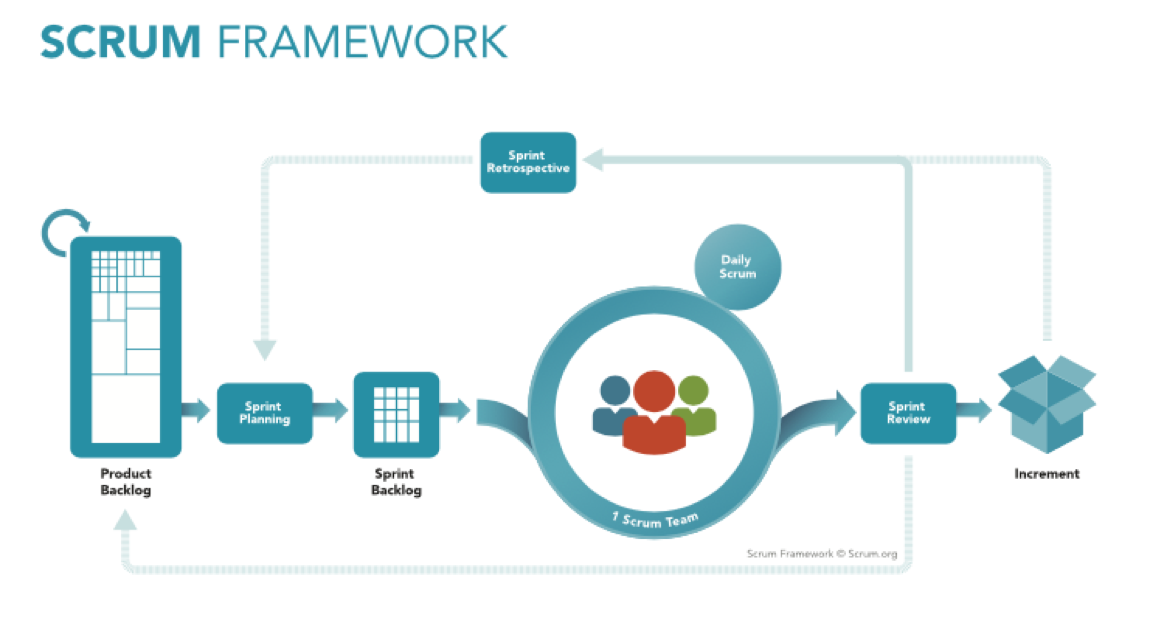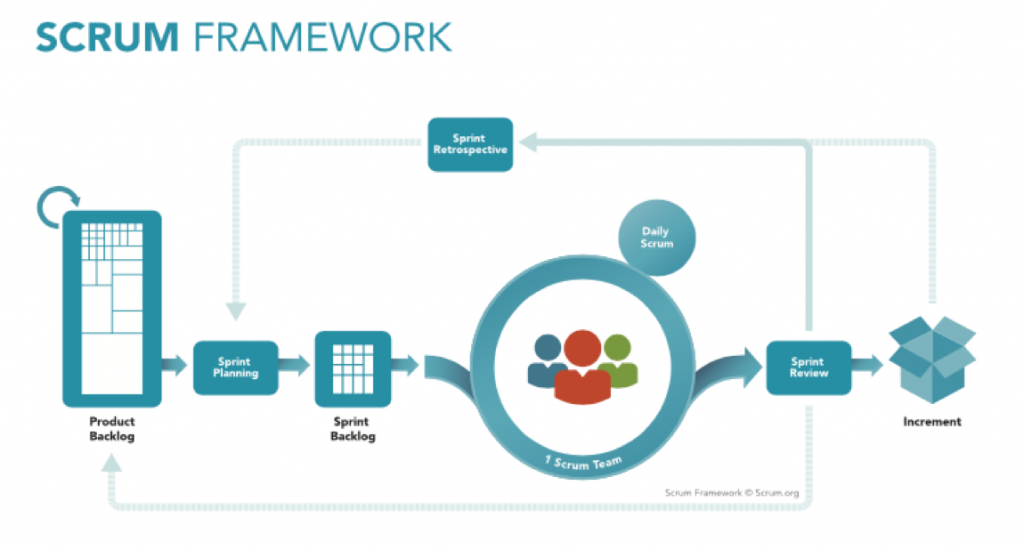
What started in the 1990s as a small project by two futuristic gentlemen Mr. Ken Schwaber and Mr. Jeff Sutherland is now a multi-million dollar industry in itself. Scrum is one of the greatest inventions in the agile world providing an excellent framework to all that falls under its category. While Scrum’s invention has been a debatable topic, some arguing it was an invention by Mr. Ken Schwaber and Mr. Jeff Sutherland others contradict and trace its invention to 1986 by Hirotaka Takeuchi and Ikujiro Nonaka.
Work
Scrum provides a framework for management in an organization to carry out tasks, use resources and manpower to maximize output and bring about simple solutions to complex products. Simply a small PSM Course can get anyone into the scrum game. A simple example would be using scrum to-
- Track progress
- Assign milestones and tasks
- Backlog all assigned works
- Create a new project
- Close old project.
Scrum makes the business environment more systematic and works friendly.
Changes in Scrum
Over the course of years, Scrum has changed. As the market becomes global and receptive to a foreign environment, the framework has receptively changed. While many scrum masters adhere to the ancient mode of its usage many individual writers have incorporated their ideologies in their books, thus bending the traditional rules of Scrum.
There are scrum training’s called PSM training provided online as well as offline at many locations throughout the globe. Although it involves weeks of training and coaching by Scrum masters, grasping the concept of Scrum might require more than just a few weeks. It required self-study.
Fallbacks
Yes, Scrum has an enormous amount of advantages. From managing the work environment to providing solutions to complex tasks and milestones. It might come in handy in a lot of ways. However, it has a few drawbacks. Starting from following Scrum’s very strictly to disappointment if analyzed framework is not met. Having constant Scrum meetings can also be very hectic. There is no end date in the model hence, no one knows when the process would end or targets would be achieved. If the employees are not checked upon or if they are not committed towards a certain project the Scrum system might collapse and goals might not be reached.
Some organizations use Scrums to its maximum capacity while others prefer not to use it. Then there are other institutions that alter or tweak the Scrums framework as per their needs. A simple example being following the Scrum pattern but adding a certain deadline to the task. This open nature of scrum is really what makes it easy to incorporate in large firms.
Having a Scrum course experience handy is also a plus in current business environment. Does your organization follows a traditional Scrum model or does it have its own model with a little bit of Scrum’s framework?
This is an article provided by our partners network. It might not necessarily reflect the views or opinions of our editorial team and management.
Contributed content

Founder Dinis Guarda
IntelligentHQ Your New Business Network.
IntelligentHQ is a Business network and an expert source for finance, capital markets and intelligence for thousands of global business professionals, startups, and companies.
We exist at the point of intersection between technology, social media, finance and innovation.
IntelligentHQ leverages innovation and scale of social digital technology, analytics, news, and distribution to create an unparalleled, full digital medium and social business networks spectrum.
IntelligentHQ is working hard, to become a trusted, and indispensable source of business news and analytics, within financial services and its associated supply chains and ecosystems












